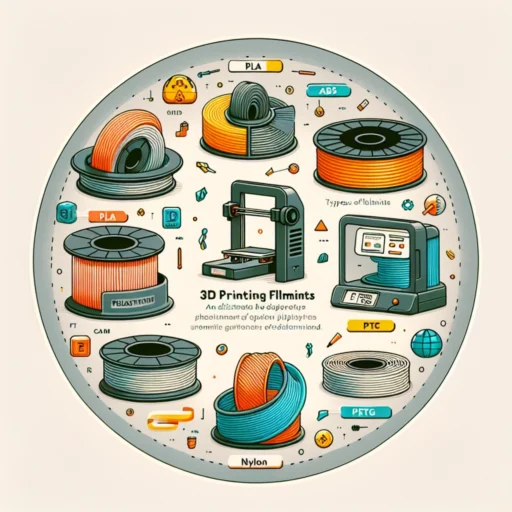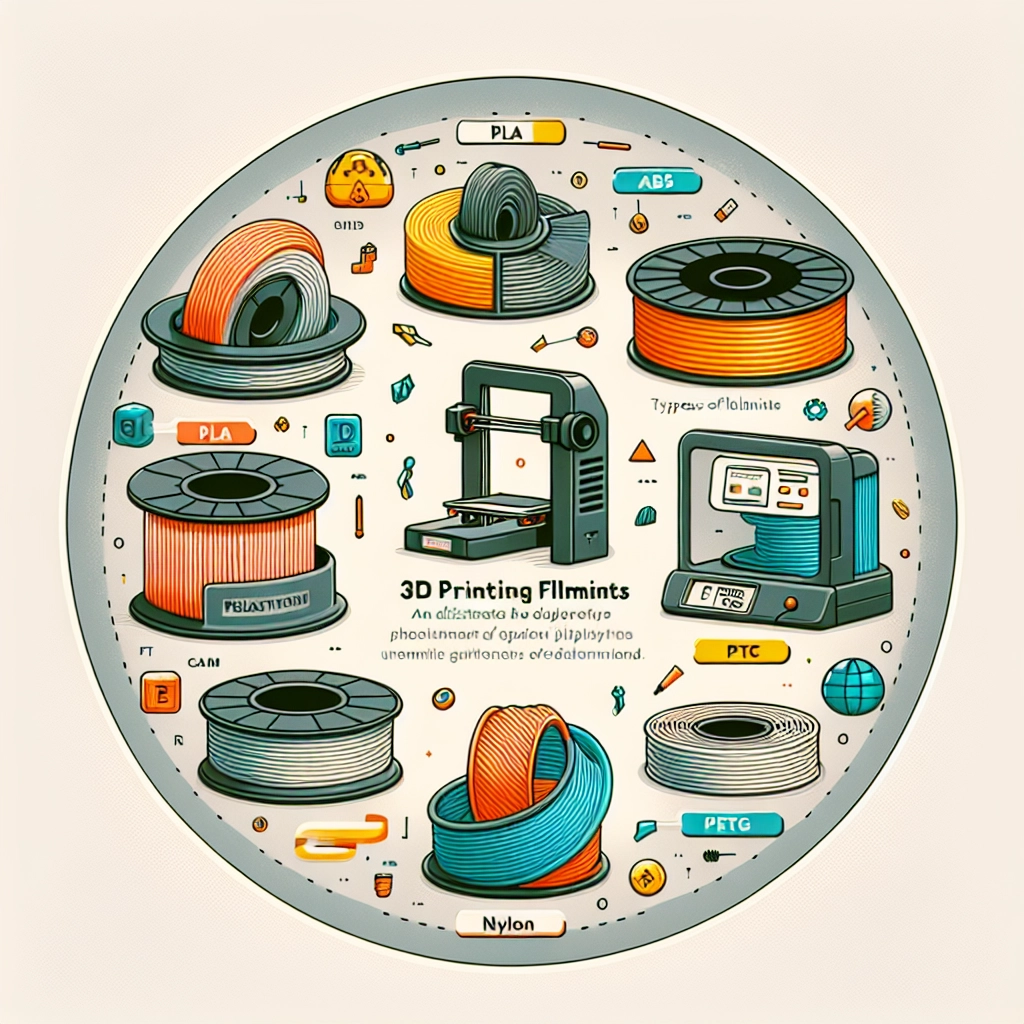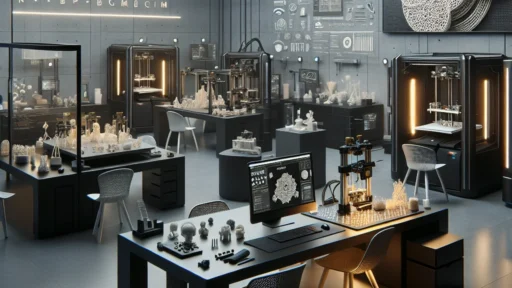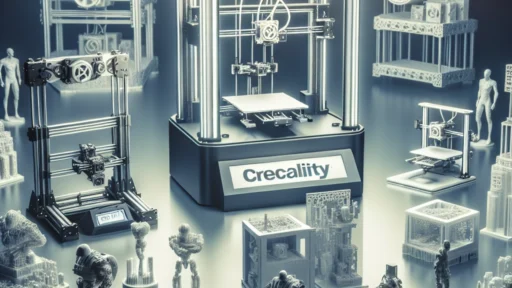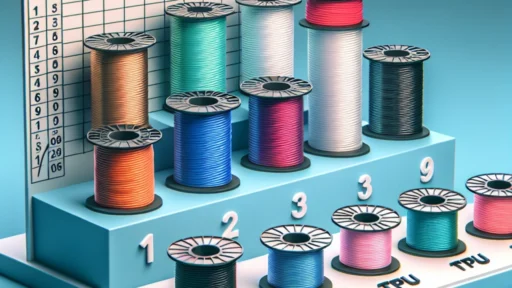A Beginner’s Guide to 3D Filaments: What You Need to Know
If you’ve recently embarked on your 3D printing journey, you’re probably buzzing with excitement. It’s like being handed a magic wand that can create all sorts of objects right from your imagination to your workspace. But hold on a second! Before you dive into your first print, there’s a crucial ingredient you need to have in check: 3D filaments. With a dizzying array of options available, understanding the basics can make all the difference in the quality of your prints. Let’s break it down!
What Are 3D Filaments?
At its core, a 3D filament is a material used in a 3D printer to create three-dimensional objects. These filaments come in spools and are typically made from thermoplastic materials that will melt when heated, allowing the printer to lay down layers in a precise manner.
The two most common types of filaments you’ll come across are PLA (Polylactic Acid) and ABS (Acrylonitrile Butadiene Styrene). These are great starting points for beginners because they strike a good balance of usability, availability, and print quality.
PLA vs. ABS: The Great Debate
When it comes to choosing your first filament, you might find yourself pondering the age-old question: PLA or ABS? Here’s a quick breakdown of both:
-
PLA (Polylactic Acid): This is usually the go-to filament for beginners. Made from renewable resources like corn starch or sugarcane, it’s biodegradable and non-toxic, making it friendly to both your health and the environment. PLA prints beautifully with vibrant colors and has a minimal chance of warping. However, it does tend to be less heat-resistant, so it’s not ideal for objects that may be exposed to high temperatures.
-
ABS (Acrylonitrile Butadiene Styrene): ABS is a bit more durable compared to PLA, offering higher temperature resistance and better impact strength. It’s commonly used in industries for producing toys, automotive parts, and other durable items. However, ABS can be trickier to work with as it emits fumes when heated, requires a heated bed to prevent warping, and can sometimes lead to print adhesion issues.
Other Filaments You Might Encounter
As you become more familiar with 3D printing, you’ll stumble upon various specialized filaments designed for specific purposes:
-
PETG (Polyethylene Terephthalate Glycol): A blend between PLA and ABS, PETG is known for its strength and flexibility, making it a great choice for functional parts.
-
TPU (Thermoplastic Polyurethane): If you’re interested in printing flexible parts, TPU is your best friend. It’s rubber-like and can be used for items like phone cases and wearable accessories.
-
Nylon: Strong and resistant to abrasion, nylon is fantastic for mechanical parts. However, it can be tricky to print because it absorbs moisture from the air.
Choosing the Right Filament for Your Project
When deciding on which filament to use for your print, consider what you’re making and where it will be used. If you’re creating decorative items or prototypes, PLA is the way to go. For functional parts that require durability, you might want to opt for ABS or PETG.
Additionally, think about the color and finish you desire. Many companies offer a wide range of colors and some even produce filaments that have unique textures or properties, such as glow-in-the-dark or metallic finishes. The world of filament is truly diverse!
Storage and Maintenance
Once you’ve gotten your hands on some spools of filament, storing them properly is key to maintaining their quality. Keep them away from moisture—consider using airtight containers or vacuum-sealed bags. Filaments can absorb humidity, which can lead to print quality issues like bubbles and stringing.
Also, make sure to keep your filament at room temperature to avoid warping. If it becomes brittle or difficult to print with, it might be time to think about replacing it.
The Adventure Awaits!
Choosing the right filament can seem overwhelming, but it doesn’t have to be. With just a bit of knowledge, you can unlock a world of creativity and innovation right in your home. Whether you’re looking to create a functional item or just want to have fun experimenting, understanding the various types of filaments will significantly impact your 3D printing success.
Remember, everyone starts somewhere. Dive in, experiment, and have fun with the endless possibilities that 3D printing offers. Happy printing!


